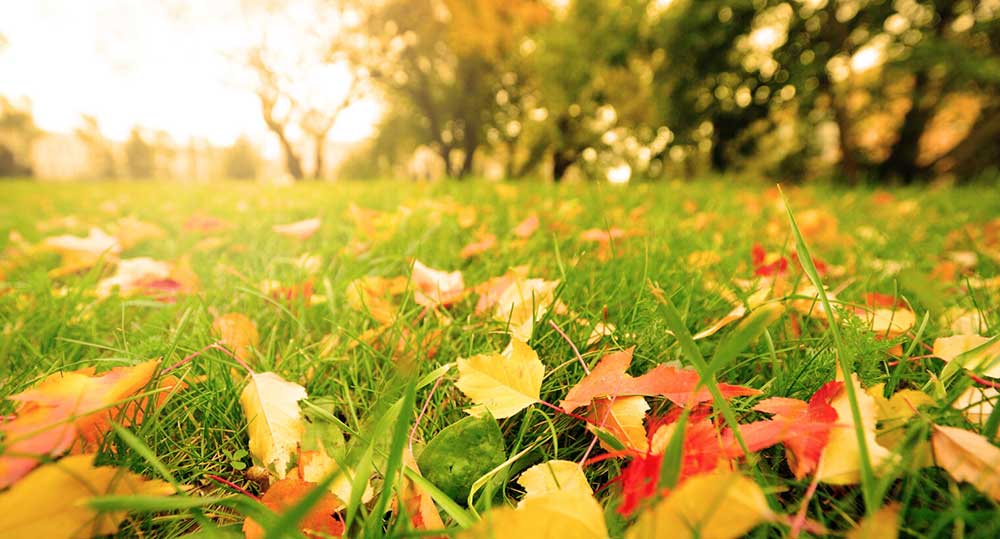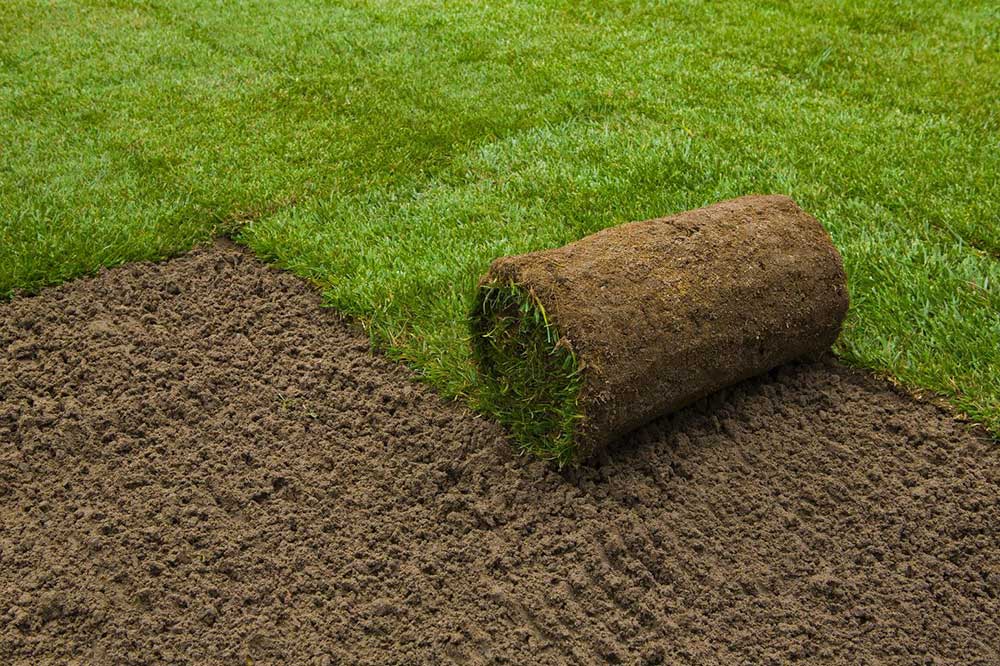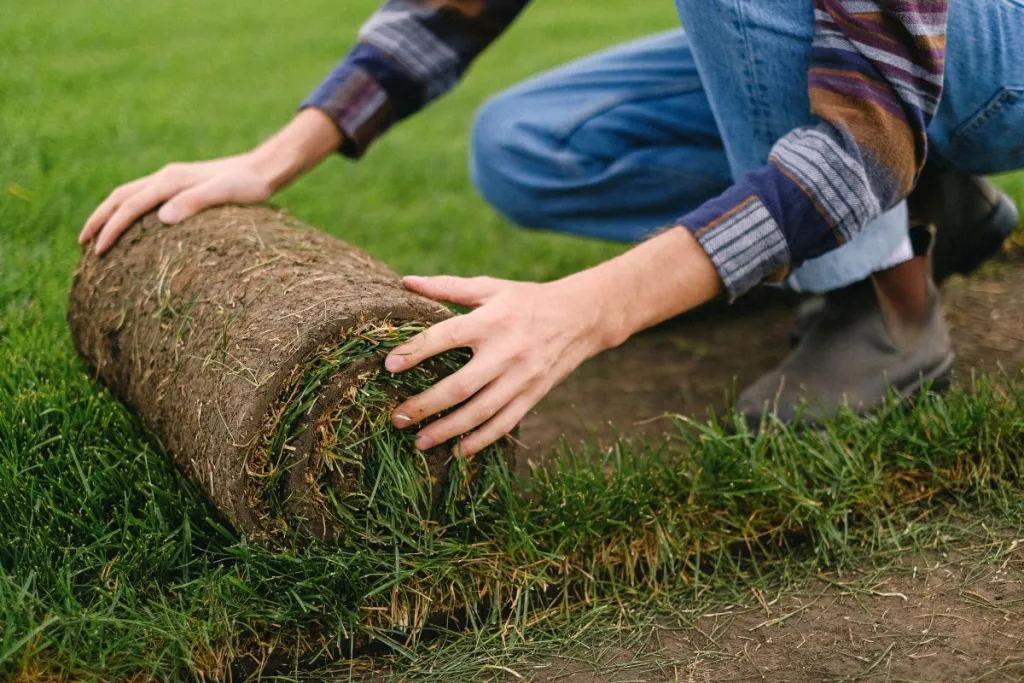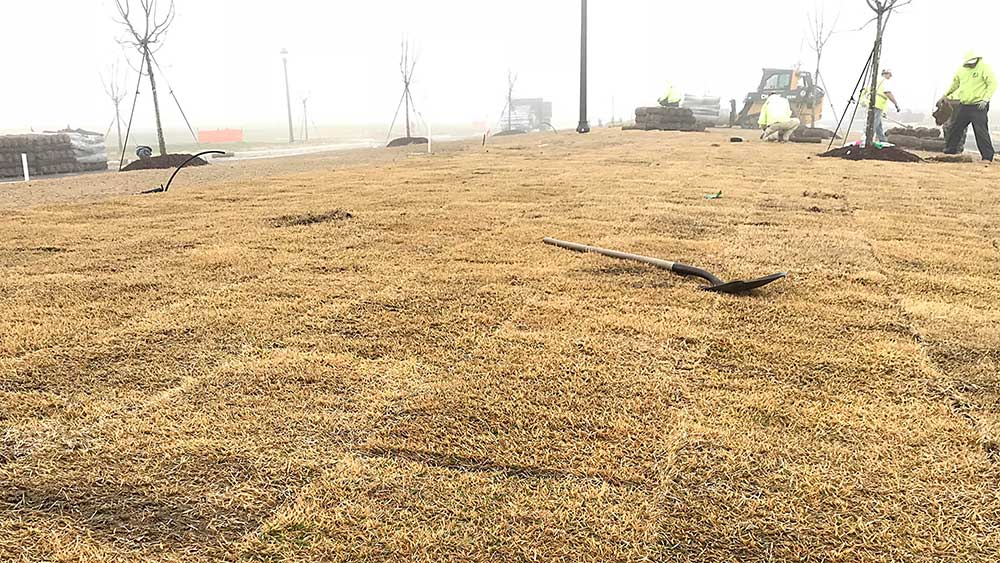The best time of year to lay sod depends on your region’s climate and environmental factors, such as sunlight and precipitation.
In Colorado, residents find that fall and spring are the optimal times for sod installation. Let”s dive into each season to comprehend the reasoning behind these selections.
Advantages Of Fall Sod Laying

The fall is the opportune time for laying new sod in Colorado. The cooler weather during this season makes physical work more manageable, while the sod thrives in the moderate climate, setting the stage for a successful growing season.
By laying new sod in the fall, you can ensure it takes root and provides essential erosion protection during winter.
As spring arrives, the grass, established during the fall, experiences rapid growth, drawing nutrients from the soil and benefiting from ample sunlight. This preparation yields a healthy lawn, better equipped to withstand the hot summer days with proper watering.
Sod Laying In The Spring

In Colorado, springtime can be unpredictable, varying from snow showers to rain and from mild sun to scorching heat. During this season, new growth starts to emerge, but there’s a risk of late snow or freezes that can harm tender sprouts.
Spring ranks as the second most favored season to install sod. Like fall, moderate temperatures facilitate appropriate soil preparation for optimal root establishment.
Moreover, if the new lawn receives sufficient rainfall, you might be able to reduce the need for additional watering, making spring an advantageous time for sod installation. However, one must remain cautious of potential late frosts or unexpected weather changes that can affect the newly laid sod.
Proper timing and care ensure a successful spring sodding, leading to a healthy and vibrant lawn throughout the rest of the year.
Summer Sod Laying Time

Sod does not fare well under the intense, parching summer heat. Grass blades rely on sunlight absorption for nourishment. Inadequate watering or rapid evaporation can cause the sod to dry out, particularly in sun-drenched spots.
Shallow rooting leads to insufficient access to essential soil nutrients required for healthy growth. This can result in unsightly burn spots, yellowing, and even rapid deterioration if freshly installed sod rolls is not promptly rooted.
A proactive approach to summer sodding, including sufficient watering of the soil surface and ensuring proper establishment, is essential to preventing these issues and fostering a lush and thriving sod lawn.
Winter Sod

During winter, sod enters a dormant phase, hindering root development. This aspect holds significance for installing sod, particularly as the initial weeks are crucial in establishing a root system.
To safeguard your newly installed sod and ensure a vibrant, flourishing lawn in the upcoming spring and beyond, it is vital to place sod at least four to six weeks before the ground freezes.
This timeframe allows the fresh sod ample opportunity to anchor itself, fostering a strong grass roots system that will contribute to your lawn’s overall health and attractiveness during the upcoming growing seasons.
Planning and adhering to this timeline is vital to reaping the long-term benefits of a well-rooted and thriving sod installation.